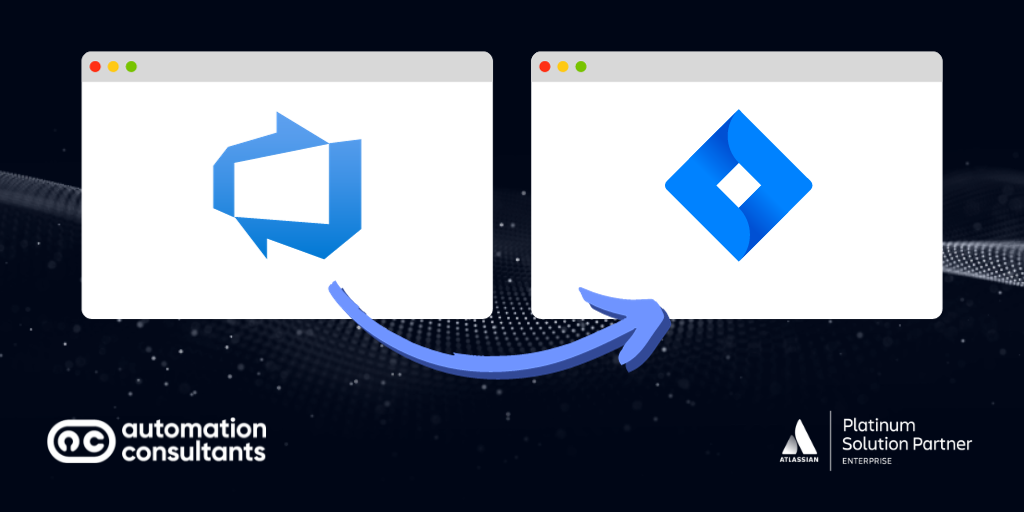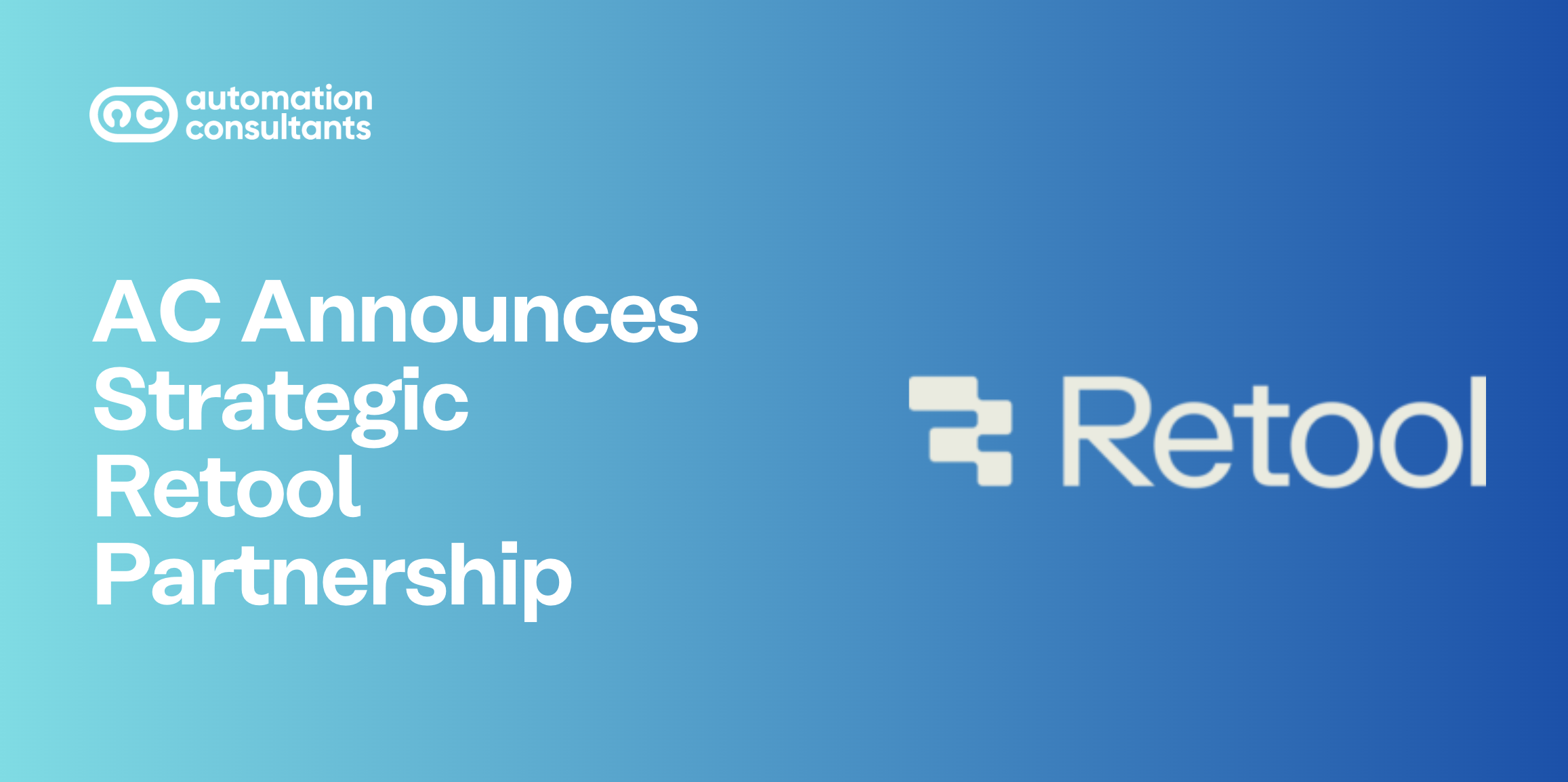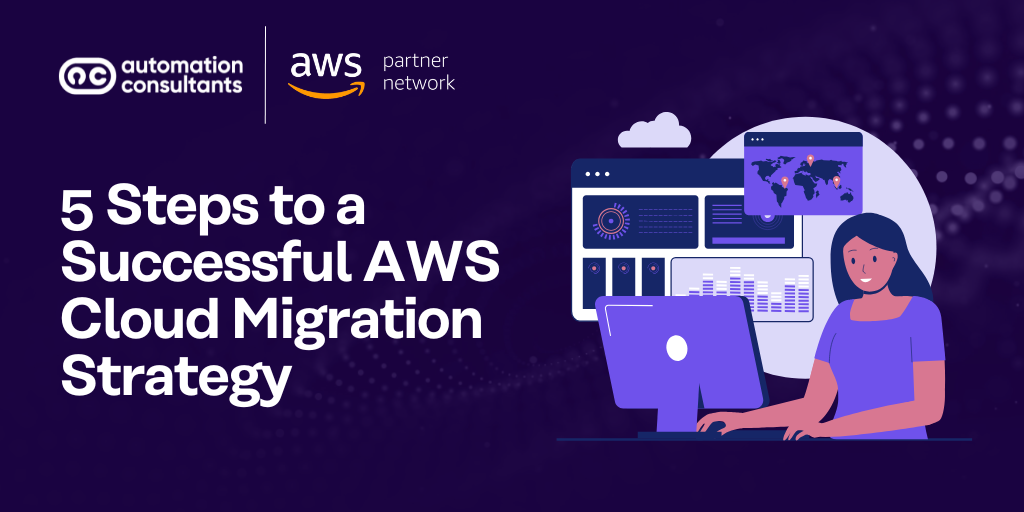Are you considering migrating away from your old architecture and towards the Atlassian Cloud?
If so, today’s tale might have come at the right time for you. We’re going to guide you through one of our largest Atlassian Cloud migrations to date.
Discover how our team supported a shipping and logistics giant with their migration from Azure DevOps to Jira Cloud – and find out how we could help you achieve the same successful outcomes.
Jira Cloud migration: Project background
In 2021, we began working with one of the biggest shipping companies in the world.
After successfully managing a migration of c. 4,000 users from Jira and Confluence Data Center to Cloud, we were then asked to plan, scope, and orchestrate a large-scale work OS migration from Azure DevOps to Jira Cloud.
The client had been using both Azure DevOps (ADO) and Jira for some time.
Why both tools, you ask?
Historically, our client had given its development teams the freedom to choose which product, and working methodology, they wished to use. As the organisation expanded, both tools became increasingly bloated and disconnected from a common way of working. Our client, therefore, took the decision to standardise their operations inside the Atlassian Cloud.
The Jira Cloud migration project had three core aims:
To consolidate all teams working into a single place on the Atlassian platform
All team members working in Jira, and in an Agile way (via Scrum or Kanban)
All documenting to take place in Confluence
The challenges
We’re used to dealing with large scale Cloud migrations, but this project was possibly our largest, with three quarters of a million issues to migrate.
We’ll break down some of the numbers and factors for you here. At the beginning of the project, we had to consider:
2.5k users
750k issues
150 projects
Multiple tools and working methodologies in use across the client’s organisation
Many different teams and departments
International enterprise
Small internal project team
The project was undertaken by in collaboration with a small group of the client’s internal DevOps team. They provided the background context, key scope decisions and assisted in user acceptance testing and remediation.
With hundreds of thousands of issues and 150 projects to generate, configure and migrate into Jira Cloud, this project was going to be no mean feat! Thankfully, we had skill and experience on our side.
The Jira Cloud migration process
Planning and review
As with all of our large-scale Jira Cloud migrations, the project started with a period of analysis and scope definition.
We worked closely with client stakeholders and power users, from both Azure DevOps and Jira, to ensure that any migrated data was accurate, sufficient for use, and provided no reduction in existing functionality.
We conducted an in-depth review of the Azure DevOps instance, including:
Organisations
Projects
Work items
Users
Third party apps
Spotlight on third party apps
We used our Atlassian experience to put in place two different approaches to third party apps. The first was to devise migration pathways, educate migrating users on built-in Jira features that could replace extended ADO functionality. The second route was to recommended alternative Atlassian Marketplace apps that might be more suitable.
Once the scope of the migration was defined, then came the tough part – how do we move almost a million issues from one platform to another?
Synchronising issues in a Cloud migration
Our client emphasised that it would be crucial to synchronise issues between Azure DevOps and Jira in real-time, in order to allow for a phased migration. In light of this, we couldn’t make use of Atlassian’s built-in import features here.
A plan B was needed.
We opted to use an app, TFS4Jira by AppFire (one of our Marketplace partners), designed to connect ADO and Jira projects in real-time with 2-way synchronisation.
With TFS4Jira, we could efficiently design mappings from Azure DevOps to Jira configuration. And with the app also hosted in the Cloud, any changes made in ADO would automatically update in Jira.
We really benefitted from Appfire’s support and development teams here, and they were instrumental to the overall success of the project. From fortnightly check-up meetings, to additional feature releases implemented purely to support our use case, they were a highly valuable partner.
Synchronising issues in a Cloud migration
With the app facilitating the migration of issues, we still had significant configuration work to undertake within Jira itself. This included:
Migrating Azure DevOps users into Atlassian Access
Creating 100s of new projects
New workflows
New custom fields
To manage this mountain of data, we configured a collection of scripts to programmatically convert ADO configuration into Jira Cloud.
Since the completion of the project, we’ve now standardised these scripts to generate projects, issues, and other Jira configuration from a set of simple spreadsheets.
Azure DevOps to Jira Cloud migration: Project outcomes
With the project wrapped up in less than nine months, our client now has all of its development teams tracking and delivering work within Jira Cloud.
Successful results include:
All 8,000 users actively using Jira Cloud
Standardised and streamlined working methodologies and operational processes
Atlassian Cloud platform features ensuring consistent visibility across all value streams
All historical data retained appropriately
A solid, centralised infrastructure for project management and delivery in the future
We have seen positive outcomes on our side as well (not least the feeling we get when we know a client is satisfied – and no doubt relieved! – at the end of such a large and complex migration).
Since the project, we have standardised the processes we developed for facilitating such a large project, making future migrations even more efficient.
If you’re reading this and considering a Cloud migration, this is good news for you too. Alongside our enhanced standardised migration process, this project also equipped us with even more knowledge and template code to use in future work. We now have pre-configured scripts ready to use for tool migrations of any size, which means we can work more efficiently for you.
Coupled with our Atlassian Cloud Specialisation, and our status as a Platinum Solution Partner, we hope that this gives you the confidence that we’re an experienced, highly skilled and, above all, safe pair of hands for your Cloud migration project. Get in touch with a member of our team to discuss your project goals.
Looking for Jira licences?
As part of this project, the client was also able to purchase its enterprise Jira Software licences from Automation Consultants. If you’re also looking to purchase or renew Atlassian licences, doing so through us can save you time, admin (we handle all the ins and outs for you, from billing schedule to renewal reminders!) and money.
Atlassian Cloud migrations
Why are so many customers reaching out to us to support them with Atlassian Cloud migrations? The answer is, of course, going to be unique – and potentially complex – for each organisation. But it’s likely driven in part by three factors:
The demise of Atlassian Server licensing
The release of recent Cloud-only capabilities, such Atlassian Intelligence (Atlassian’s AI assistant)
Ever-increasing investment in Cloud security, availability and resilliance
Now, if the mere mention of Cloud migration makes you shiver, you’re not alone.
Whether it’s from Server to Cloud, a completely different platform into the Atlassian Cloud, or consolidating multiple tools, these activities can take significant amounts of time. Organisations often break out in sweat at the thought of of the input required from a wide range of stakeholders, out-of-hours scheduling, and potential BAU (business as usual) task slowdown.
But this doesn’t have to be the case. As you’ve hopefully gathered from today’s story, with the right partner by your side, even the largest enterprise Cloud migrations can be managed smoothly and successfully.
In closing
When our client first approached us, its operations were clearly suffering from the friction of using too many tools and working practices across its business.
Now, this world-renowned organisation has been able to unify its tools and business processes, introduce consistent Agile delivery and improve visibility across the enterprise. And all in just nine months.





